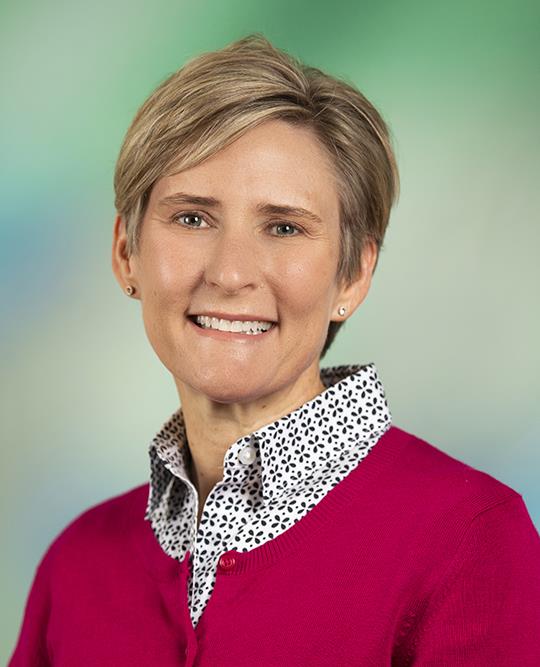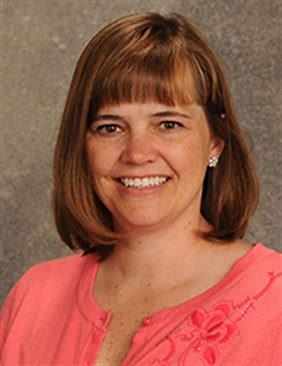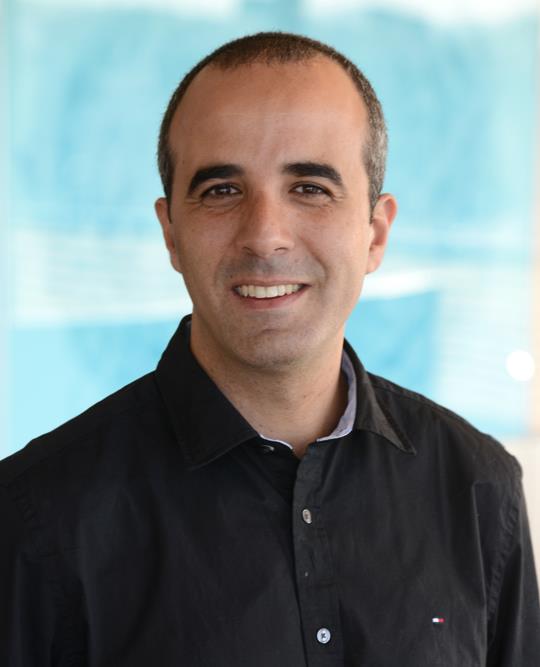- Doctors & Departments
-
Conditions & Advice
- Overview
- Conditions and Symptoms
- Symptom Checker
- Parent Resources
- The Connection Journey
- Calm A Crying Baby
- Sports Articles
- Dosage Tables
- Baby Guide
-
Your Visit
- Overview
- Prepare for Your Visit
- Your Overnight Stay
- Send a Cheer Card
- Family and Patient Resources
- Patient Cost Estimate
- Insurance and Financial Resources
- Online Bill Pay
- Medical Records
- Policies and Procedures
- We Ask Because We Care
Click to find the locations nearest youFind locations by region
See all locations -
Community
- Overview
- Addressing the Youth Mental Health Crisis
- Calendar of Events
- Child Health Advocacy
- Community Health
- Community Partners
- Corporate Relations
- Global Health
- Patient Advocacy
- Patient Stories
- Pediatric Affiliations
- Support Children’s Colorado
- Specialty Outreach Clinics
Your Support Matters
Upcoming Events
Mental Health Town Hall
Tuesday, April 23, 2024Join Children’s Hospital Colorado pediatric experts for a virtual...
-
Research & Innovation
- Overview
- Clinical Trials
- Q: Pediatric Health Advances
- Discoveries and Milestones
- Training and Internships
- Academic Affiliation
- Investigator Resources
- Funding Opportunities
- Center For Innovation
- Support Our Research
- Research Areas

It starts with a Q:
For the latest cutting-edge research, innovative collaborations and remarkable discoveries in child health, read stories from across all our areas of study in Q: Advances and Answers in Pediatric Health.


Neuroscience
Craniopharyngioma
We specialize in the big things, the small things and everything in between.

What is craniopharyngioma?
Craniopharyngioma is an uncommon, slow-growing brain tumor that can occur in children or adults. Craniopharyngioma always occurs in the same location, known as the sellar/suprasellar region. This region is located just behind and between the eyes.
What are the types of craniopharyngioma?
There are two types of craniopharyngioma: adamantinomatous and papillary. Children with craniopharyngioma almost always have the adamantinomatous subtype. These tumors usually have some areas that are solid and some areas that are cystic (made up of pockets of trapped fluid).
Craniopharyngioma tumors do not spread to other parts of the body. The risk associated with a craniopharyngioma tumor is injury to important structures of the brain that are located near where the tumor grows.
What causes craniopharyngioma?
The cause of craniopharyngioma is unknown. Experts at Children's Hospital Colorado are currently involved in research to discover the cells from which craniopharyngioma originates.
Some evidence indicates that these tumors originate from the pituitary gland (a small structure at the base of the brain, behind and between the eyes, that secretes hormones that help keep the body healthy). Other evidence suggests that craniopharyngioma may arise from a developmental structure called the craniopharyngeal duct (or Rathke's pouch).
Craniopharyngioma does not run in families, nor is it caused by exposure to anything specific in the environment, such as a child’s diet.
Who gets craniopharyngioma?
Craniopharyngioma occurs in both children and adults. Approximately half of craniopharyngiomas are diagnosed in children less than 18 years of age. Among children, it is most frequent between the ages of 5-14. Craniopharyngioma accounts for about 3-9% of all pediatric central nervous system tumors.
There is no clear association of craniopharyngioma with a particular gender, race or geographic region.
What are the signs and symptoms of craniopharyngioma?
Craniopharyngiomas are usually not discovered until they press on important surrounding structures in the brain. While these tumors are sometimes referred to as benign (which means they are not cancerous and will not spread to other parts of the body), they are an issue because they grow within the closed box of the skull.
Craniopharyngiomas have a tendency to become attached to or push on the critical brain structures that surround the area where they grow.
There are three general groups of signs/symptoms that typically bring craniopharyngioma tumors to medical attention: headaches, endocrine (hormone-related) and visual changes. Other areas that can be affected are the hypothalamus, blood vessels and cerebrospinal fluid (CSF) pathways (the fluid surrounding the brain and spinal cord).
The signs and symptoms produced by a craniopharyngioma vary depending upon the structures that are most effected. Headaches are a common general symptom, but do not occur in everyone.
Endocrine symptoms (occur with hormone imbalance):
- Growth failure
- Delayed puberty
- Excessive thirst and frequency of urination (called diabetes insipidus)
- Loss of normal menstrual function
- Increased sensitivity to cold
- Fatigue
Visual symptoms:
- Loss of peripheral vision, sometimes associated with bumping into objects
- Loss of visual clarity in one or both eyes
Hypothalamus symptoms:
- Obesity
- Drowsiness
- Memory problems
Fluid pathways symptoms:
- Headache
- Nausea/vomiting
- Confusion
What tests are used to diagnose craniopharyngioma?
Medical history and physical exam
The most important tests include a neurological and physical exam, in addition to reviewing your child's medical history. During this exam, the doctor will ask questions about your child's behavior and discuss any physical changes.
Blood tests
Doctors may ask to test your child's blood in order to look for signs of hormone dysfunction, which can occur with a craniopharyngioma brain tumor.
Brain imaging
Doctors may ask to take radiographic images of your child's brain. The two most common tests are a computed tomogram (CT) and magnetic resonance imaging (MRI). These studies provide detailed information about the brain.
- Computed tomogram (CT): CT uses radiation and takes only a few seconds so your child will not need sedation to stay still. Our CT room has jungle paintings on the wall and machine is a big round tunnel with a hard bed inside.
- Magnetic resonance imaging (MRI): MRI does not use any radiation, so it is very safe. During the MRI, a dye is injected through an IV to help doctors see details of the tumor. Most kids under 6 years old will need medication to help them sleep and remain still during the MRI. Older kids can be awake and even watch a movie during the test. After the test, our goal is to give you MRI results as soon as possible so you don't have to wait until your next appointment for a diagnosis.
Surgery
If there is evidence of a craniopharyngioma, our neurosurgeons may need to perform an operation to confirm what kind of cells are growing and help improve your child's symptoms.
Because craniopharyngioma is a tumor that can be approached many different ways, surgery is tailored to the specific needs of each patient.
How is craniopharyngioma treated?
The initial treatment for craniopharyngioma almost always includes surgery. Our team at Children's Colorado is highly specialized and performs many brain tumor operations each month.
Craniopharyngioma surgery approaches
The goal of surgery for craniopharyngioma is determined by each patient's specific characteristics. When the risk of injury is low, the goal is to completely remove the tumor. When there is more risk, the goal may be to sample enough tissue to obtain a diagnosis, while also improving the symptoms that brought the patient to medical attention. We make all decisions regarding the goals and approach for surgery together with the patient and family.
Each patient is evaluated individually. When complete surgical removal is not in the patient's best interest, surgery may be supplemented with radiation treatment, which generally offers excellent control of tumor growth.
Our multidisciplinary team of experts
Because hormone and visual problems can develop as a result of craniopharyngioma, all of our patients are cared for by a multidisciplinary team of pediatric specialists. These include experts in neurosurgery, neuro-oncology, endocrinology, ophthalmology, neurology, neuropsychology, physical medicine and rehabilitation. Our team follows children with craniopharyngioma in a single, unified program (Neuro-Oncology Program within the multidisciplinary clinic) where the patient and family can see all the specialists in one afternoon. This clinic is offered twice monthly.
Why choose Children's Colorado for your child's craniopharyngioma?
Our Neurosurgery Program and Neuro-Oncology Program are the only clinics in the Rocky Mountain region where your child can get state-of-the-art treatment for a pediatric brain tumor. Our doctors and nurse practitioners are known internationally for their expertise in diagnosing, treating and caring for kids and young adults with craniopharyngioma.
We offer the only dedicated pediatric radiation oncologist in the region, which means our sole focus is radiation therapy for kids. Our radiation therapy is planned and administered for the sensitive nature of a child's growing brain. Because your child's brain is still developing, it is important that the radiation doctor knows exactly what, where and how much radiation to deliver to the tumor.
Doctors and nurses who specialize in anesthesia will take care of your child during radiation. You can feel comfortable knowing that our pediatric staff will sedate your child to help him/her sleep and lie still so the radiation goes to exactly the right spot.
Lastly, Children's Colorado is the home institution of the Advancing Treatment for Pediatric Craniopharyngioma (ATPC) Consortium. This consortium is dedicated to the identification of improved treatments for children with craniopharyngioma, and was initially funded thanks to The Morgan Adams Foundation Pediatric Brain Tumor Research Program.
With permission from patients and their families, member institutions share tumor tissue and information regarding the patient's treatment and symptoms with researchers at Children's Colorado and the University of Colorado, led by our pediatric neurosurgeon Todd Hankinson, MD.
In the research laboratories, we use sophisticated methods to study the unique characteristics of these tumors. ATPC is the only consortium in North America dedicated only to the study of pediatric craniopharyngioma.
Learn more about Piper's journey
Helpful resources for craniopharyngioma brain tumors
- The Neuro-Oncology Program at Children's Colorado is the region's only dedicated neuro-oncology program for infants, children, teens and young adults with brain tumors.
- The Children's Brain Tumor Foundation is a patient advocacy and support group for children with brain tumors and their families.
- The American Brain Tumor Association provides additional information about craniopharyngioma tumors.
- The Children's Oncology Group is a national organization of pediatric cancer doctors that collaborates for kids with brain tumors and provides patient/family education.
- The Advancing Treatment for Pediatric Craniopharyngioma (ATPC) is North America's first multicenter consortium dedicated exclusively to the discovery and testing of novel therapies for children with adamantinomatous craniopharyngioma (ACP).
Next steps
-
Would you like to learn more about us?
Learn more about the Neurology Program -
Do you have questions about your child’s condition?
720-777-6895 -
Are you ready to schedule an appointment?
Schedule an appointment

Compassionate care, wherever you are
We’re here when you need us. Telehealth appointments are available across every specialty, so you can get the high-quality care we’ve always offered from the comfort, privacy and convenience of home.
See if telehealth is right for you
Get to know our pediatric experts.

Nick Foreman, MD
Hematology/Oncology - Pediatric

Jennifer Coffman, CPNP-AC
Certified Pediatric Nurse Practitioner


Hesham Eissa, MD
Hematology/Oncology - Pediatric, Pediatrics
Patient ratings and reviews are not available Why?



 720-777-0123
720-777-0123





